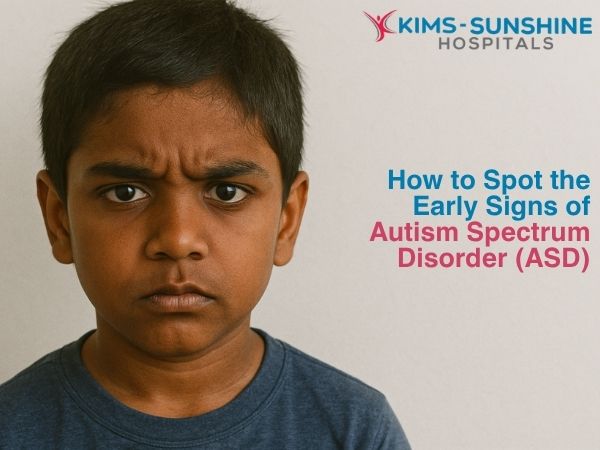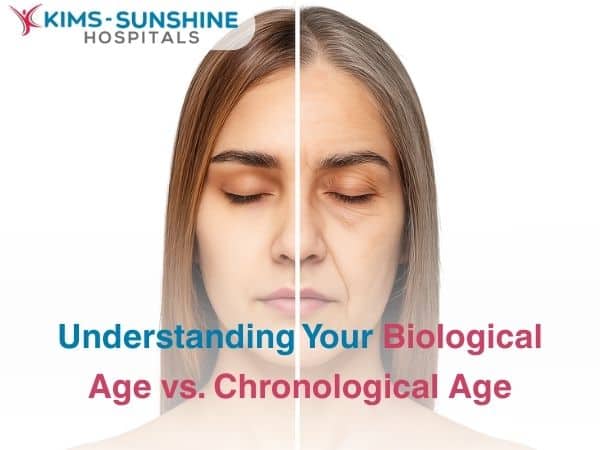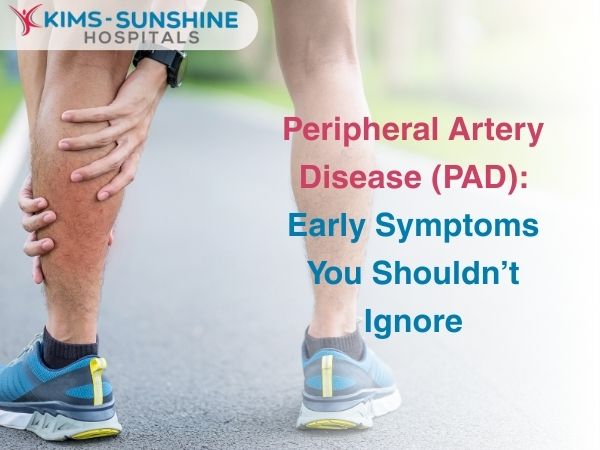
How to Spot the Early Signs of Autism Spectrum Disorder (ASD)

Autism as a mental condition was first described in 1908 by a German psychiatrist- Eugen Bleuler, where he thought it was some form of schizophrenia. This was obviously a wrong assumption, but the proof for this came much later, in 1943, when Leo Kanner called it ‘early infantile autism’. In 1944 Asperger named it Asperger’s syndrome and it continued to be called that till the 1970s. Autism is called a neurodevelopmental disorder, because it is first observed in early infancy- when a baby is around 2 years of age and it begins to manifest as developmental delays, which is why it is easy to get confused between the two.
Early Signs Of Autism In Toddlers And Young Children
Children are normal and don’t show any symptoms till they turn 2. Then they may regress in some fashion- like language skills, social skills and with respect to related aspects. Signs that you need to know of include the following-
- Not responding to their name
- Being indifferent with their parents
- Not maintaining eye contact
- Cannot speak normally or if they have already started, regression occurs.
- Wants to play alone.
- Cannot seem to want to talk to anyone or continue a conversation
- Cannot understand emotions
- Cannot process non verbal cues like facial expressions
- Cannot understand simple directions or questions
- They may rock or spin their head repetitively, flap their hands, try to self harm like bite themselves or bang their heads against the wall.
- They may not have great coordination and walk on their toes
- Is not able to engage in make believe play
- Food preferences are present- like a specific colour or texture is acceptable.
There are many other signs that may be present. Some children may outgrow these issues and get better but for others- it can just get worse- especially when they become adolescents.
Difference Between Autism And Other Developmental Delays
Developmental delays are normally noticed when a baby does not reach specific milestones at the right age or is slower to do so. But, autism comes with the danger of regression. Delays can happen due to premature birth, illness or other reasons. Autism related signs show up pretty early, while delays can occur at any time.
How Autism Spectrum Disorder Affects Social And Communication Skills
It is a genetic condition, yes but the environment also plays a role. Autism can also occur if children have genetic disorders- like fragile X syndrome, Down’s syndrome etc. Kids with ASD cannot understand facial expressions, social cues, cannot recognise sarcasm, take turns or may have repetitive actions – repeating the same thing and this can lead to social isolation and emotional distress. Older kids may not be able to participate in the classroom normally.
What To Do If You Suspect Your Child Has Autism Spectrum Disorder
The first thing for a parent or caretaker to remember is that autism is NOT a disease that needs to be cured. It is a condition that needs special care, that’s all. Kids who go in for behavioural therapy, speech therapy and occupational therapy will help them cope better with their surroundings. Therapy for family members is also needed- as you need to know how to support your child well. The better you are able to support them, the quicker they will adapt to changes in general.
Conclusion
Autism is NOT something that needs to be cured, but it is a spectrum of conditions that your child may have. The severity of symptoms can change with age, and as children grow, their ‘problems’ may be different- as children- they may not talk or babble or play with you, as teens- they may not understand social order and rules. If you give them the tools to help, they will co[e better. Masking is a common occurrence in autistic children where they learn to imitate normal behaviours from children around them and this means they will seem normal, even when they are not. This is more prevalent in young girls, than boys as they don’t show as much repetitive behaviour.
Frequently Asked Questions
How can I tell if my child has autism at an early age?
What are the most common behaviors associated with autism spectrum disorder?
Is it possible for a child to have autism without obvious symptoms?
Can early intervention improve outcomes for children with autism?
How do I differentiate between normal developmental delays and autism?






